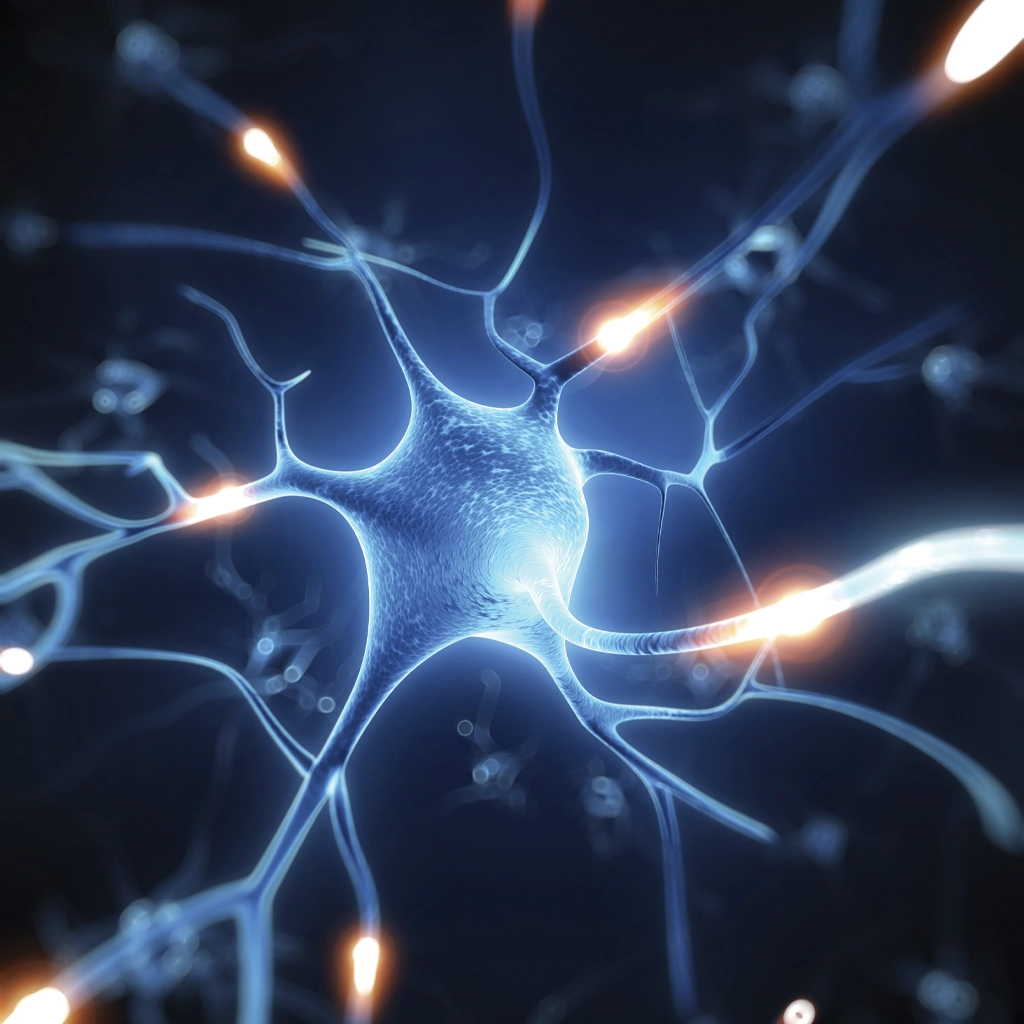Chemo Neurolysis
Also known as “chemical neurolysis,” chemo neurolysis is a pain management procedure that uses special chemical agents to precisely target and intentionally damage or destroy peripheral nerves in order to relieve pain. The damaged nerves are no longer able to send pain signals to the brain.
Chemo neurolysis is most often used for patients experiencing severe or chronic pain that have not responded to other treatments, such as medications or physical therapy. It is commonly used to treat neuropathic pain, cancer pain and visceral pain (pain from internal organs). It may be used to treat Morton’s Neuroma, a type of inflammation and pain experienced in the feet. In some cases, it is used to treat spasticity, a neurological condition that can affect movement and speech.
